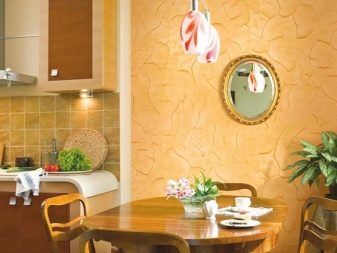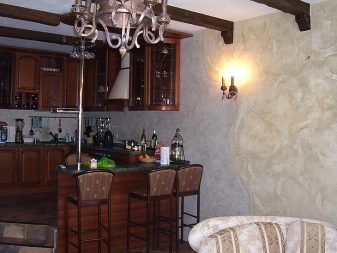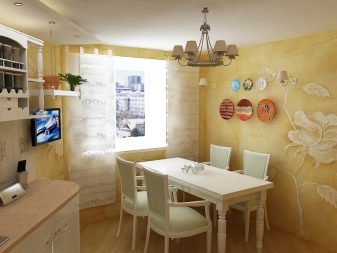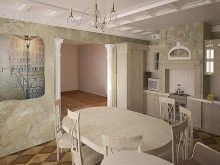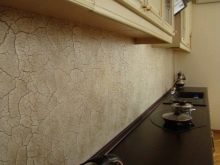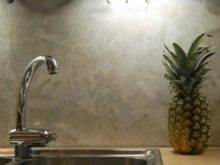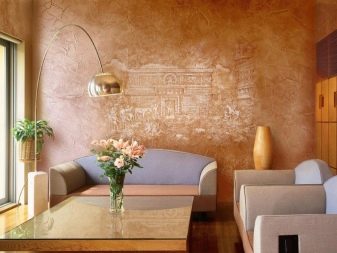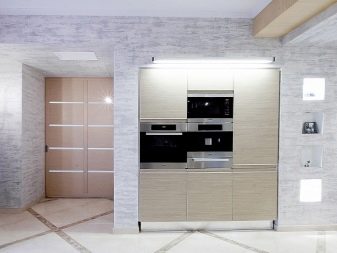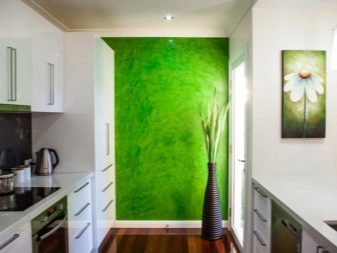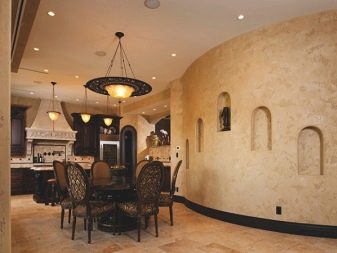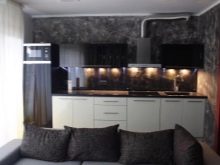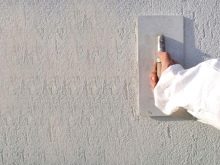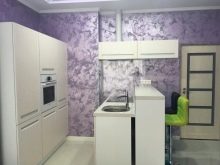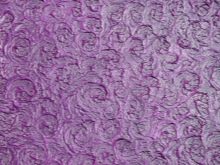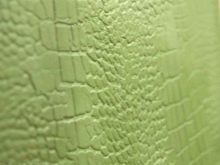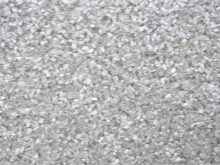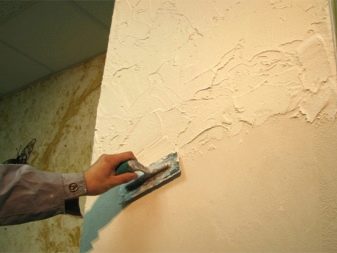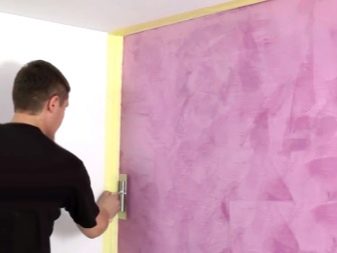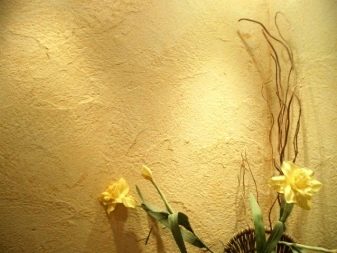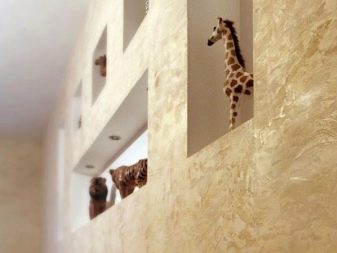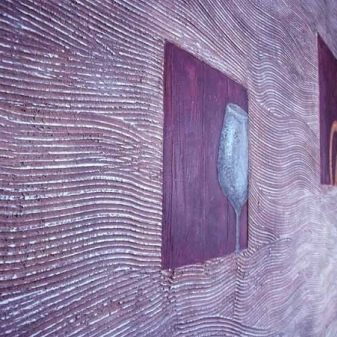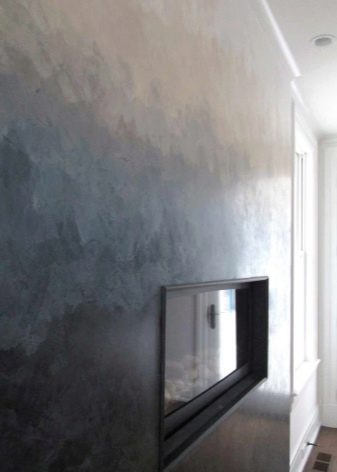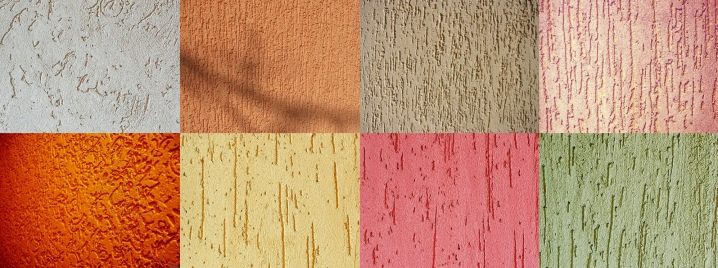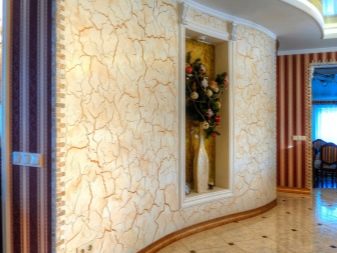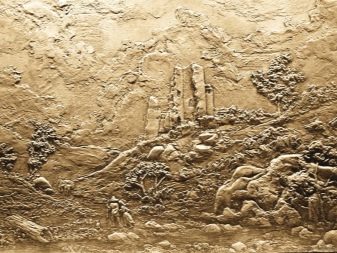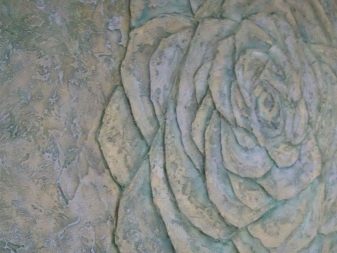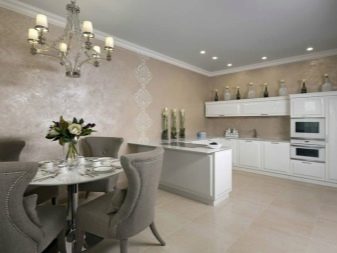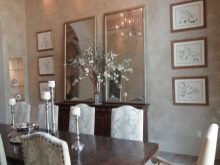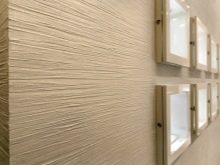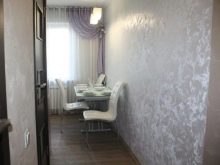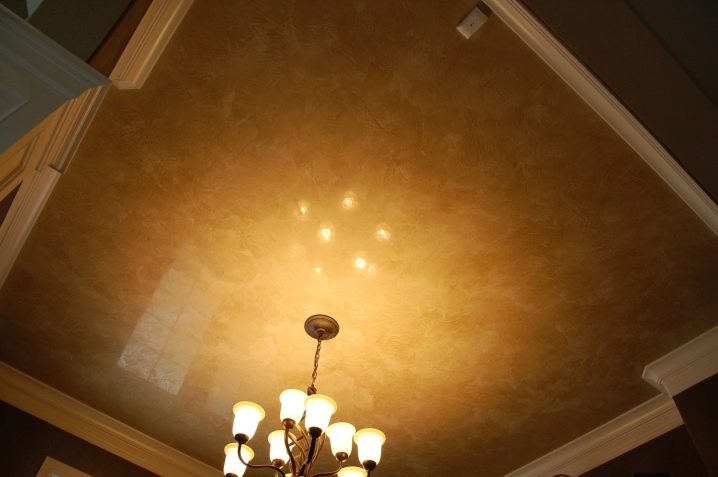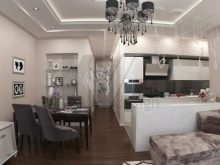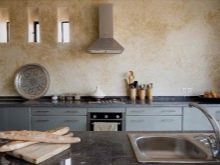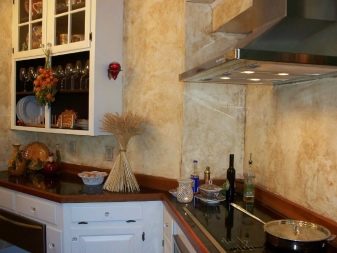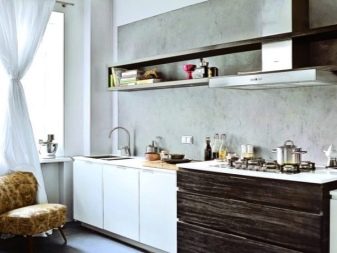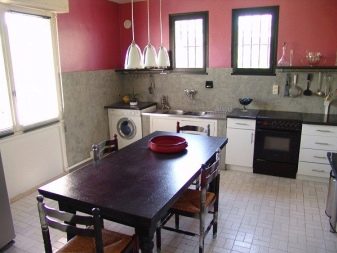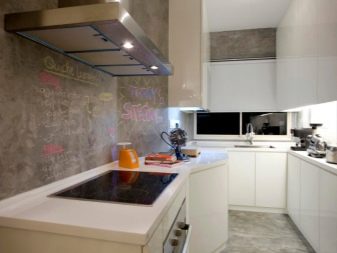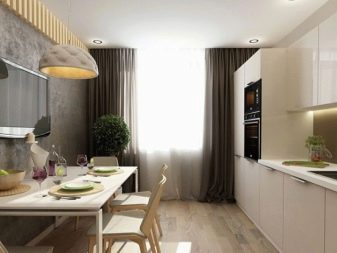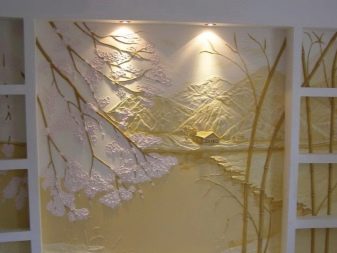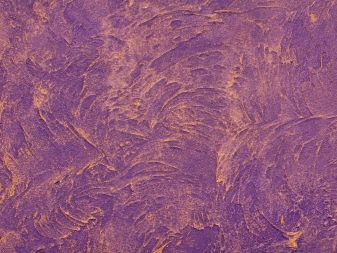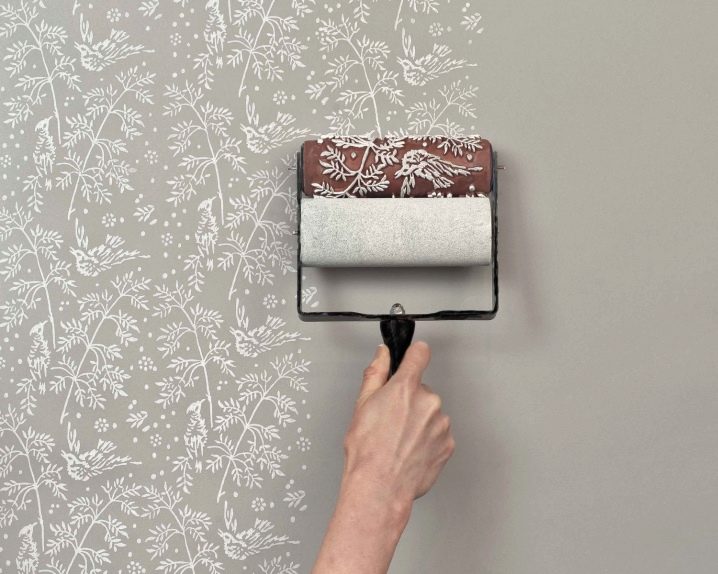Decorative plaster in the kitchen: interior design features
Recently, in the kitchen instead of the usual wallpaper is increasingly found decorative plaster. But this beautiful, spectacular and durable attire for the walls will cost much more than the familiar paper, vinyl or non-woven fabrics. Yes, and with an independent application of plaster can cope, not all. But before repairing it is worth knowing about some features of the coating.
Special features
There are many ways to decorate the walls with decorative plaster. A variety is provided due to the rich color scale and numerous types of a filler, the sizes and which forms allow to create a unique design. In addition to rock dust, the composition traditionally includes cellulose or nylon fibers, granules of synthetic materials, acrylic resins. All components affect the appearance of the finished coating.It depends on the technique of applying the composition.
You can apply the solution in circles, use large strokes, move in a horizontal or vertical direction. The relief is created on the base layer with the help of special ironers, applicators, sponges. With the same solution, you can absolutely differently decorate kitchen walls by creating different textures. Decorating decorative plaster is perfect for kitchens.
Advantages and disadvantages
The material has a large number of advantages:
- the ability to apply on the basis of any type: concrete, brick, wood;
- the lack of seams, providing a beautiful view of the coating, moreover, neither dirt nor grease is stuffed into the cracks;
- waterproofing and sound insulation properties;
- Excellent heat retention
- possibility of wet cleaning;
- environmental friendliness of the product;
- resistance to fire;
- antiseptic;
- ability to hide any defects in the wall, for example, curvature.
Having decided to plaster the walls, you need to consider the following nuance. If the apartment is new, then it is better to create a relief using wallpaper. The natural shrinkage of the first years of life at home can cause cracking of decorative plaster, which then will have to be restored.
When deciding in favor of finishing the walls with modern and fashionable plaster, it is necessary to provide for its dismantling in case of renovation of the interior. For cutting need grinder or hammer drill. Another way - to paint the walls in a different color. Textured surface can be polished, then stick the wallpaper.
In addition to the complexity of dismantling, the disadvantages of the material include the complexity of its application to the walls in the event that a person does not have relevant experience. There is a risk to spoil the coating, and the mixture will have to buy again. The cost of decorative plaster is also its disadvantage, although this issue is very controversial. It is necessary to take into account its long service life, during which you will not need to spend money on redecorating.
Designers are not advised to completely cover the walls of the kitchen with decorative plaster. If you apply it, for example, only on the dining area, it will become the main focus of the room. The presence of other finishing materials will favorably emphasize its beauty and originality.
Kinds
Having decided to make repairs in the kitchen, it is worthwhile to look at the variety of wall finishing options using decorative plaster.
Buyers are offered a choice of 4 types that differ in the type of base:
- acrylic;
- silicone;
- silicate;
- mineral
Acrylic resin in the composition of acrylic plaster allows you to apply it on any base, even without a primer. It is sold in plastic containers in finished form. The peculiarity of acrylic decor is that it attracts dust and can burn out with a constant hit of direct sunlight.
But the masters advise acrylic plaster for the kitchen. Considering the difficult conditions in which finishing materials are forced to exist in this zone, it is worth thinking about purchasing an acrylic coating.
It is easy for it to give any shade, it does not require a long time for drying, it is not afraid of moisture. The washable surface is ideal for kitchen walls, as the need for wet cleaning in this room occurs more often than in all others. It is most practical, because it is easy to wash off the fat from it, it does not absorb the persistent odors that inevitably arise during cooking.
Mineral mixtures are based on cement, to which special substances are added.necessary to impart plasticity and relief.Dry mixes are packaged in paper bags. Before starting work, water is added to the powder in the proportions indicated on the package and mixed thoroughly. This type of coverage can be easily attributed to the budget.
Silicone plaster is made using synthetic resin, due to which the finished solution becomes very plastic. Buyers are getting ready to apply the mixture. Silicone finish is very durable, it is not afraid of ultraviolet light, steam, temperature changes. The specific smell of the solution is very unstable, when the walls dry, it will no longer be noticeable.
Silicate plaster is made on the basis of liquid glass, ensuring its durability. Universal composition suitable for interior decoration of any premises.
Various design and application techniques allow you to choose the options for decorating walls that are optimal for the kitchen:
- Plaster imitating stoneSuitable for kitchens of different styles: from classic to modern. Very fine crumb of several types of stones are added to the Venetian plaster: marble, quartz, granite, jasper. Thanks to this, characteristic tints of shades are obtained, streaks, like in real stones, light that seems to flow from inside.The surface of the Venetian plaster can be perfectly smooth, silky to the touch, you can make it relief.
The walls for the "Venetian" should be perfectly smooth. It is applied gradually. Each layer needs time to dry (about 12 hours). The number of layers depends on the desired effect, sometimes not less than 10. The last layer hardens for a quarter of an hour, then it is polished and left for a week so that it is completely dry. To shine the walls, you need waxing and polishing suede.
- Plaster imitating old walls. Provence, chebbi-chic, country style, loft-style kitchens and even classics are ideal for bark beetle and craquelure.
In the first case, the characteristic grooves are formed due to the fact that marble or granite chips are added to the mixture. When the finished mixture is spread on the wall, it leaves traces resembling the moves that the bark beetle makes in the tree. You can make grooves of any depth.
- "Craquelure" looks like plaster, covered with many small cracks. For structural plaster you should not carefully align the walls, it can even hide significant errors and defects.The waterproof layer can be washed even with the use of cleaning products.
Structural finish can be painted in any color, gradually adding pigment to the mixture and mixing it thoroughly. The relief depends on the number of layers. Most often there are no more than three of them, the thickest of them is the base, the thinnest is the top layer.
- Owners of kitchens in the style of hi-tech, minimalism, techno often choose concrete-like plaster. Dark gray and light gray in some places diluted with white and black strokes, rust spots are sometimes drawn. The surface can be made smooth or rough, matte or slightly shiny. The tinted art-concrete looks unusual. In appearance, it is very similar to concrete, painted with bright colors.
- Sgraffito. There is an interesting way to apply decorative plaster. On a ready-made layer, a certain pattern is scratched with a stencil, or a new layer is applied on top of the stencil. In both cases, a relief pattern appears. If desired, it can be made multi-color.
Colors
The color palette of decorative plaster is really amazing: the customers are offered at least 2000 different shades.If you are not satisfied with the choice according to the catalog, you can bring to the store a sample of those interior details with which wall covering should be combined and entrust color selection to specialists.
The base is sold as a dry mix, to which the color chosen by the buyer is added. Before starting work, it will be necessary to prepare a solution of the appropriate consistency. The topcoat is often produced in the form of a paste.
When choosing a shade of plaster often come from the color of furniture or flooring. When choosing a color, it is important to remember that after drying the walls will look a couple tones lighter.
Decorative plaster is used to finish the ceiling. In this case, a simple rule applies to the color solution: dark tones cannot be used, as they visually reduce the space. Light colors, on the contrary, increase the volume, fill the room with light, make it more comfortable. This does not mean that dark colors are not used in decoration, they are good as an accent, they are actively used for zoning.
Design
Decorative plaster can be applied in almost any room: from the living room to the kitchen.
The following design tips are relevant:
- On a large area looks better stucco, and for a small kitchen more suited to a smooth surface.
- The apron, covered with plaster, is perfectly protected by a special panel made of tempered glass.
- Beautiful texture cannot be obtained on poorly prepared walls, so it is worth spending time and money to perfectly align them.
- When preparing walls it is better to use a deep penetration primer. In this case, you will need a smaller amount of expensive finishes. In addition, it is able to prevent the occurrence of mold due to the presence in its composition of antiseptics. When choosing a primer you need to be extremely careful, since not all of its types are equally good for different types of work. The mistake can be expensive, sometimes the finish even has to be restarted.
- It should be noted that the work of masters, applying decorative plaster, is quite expensive. Traditionally, its cost is equal to the price of the material. It increases in proportion to the complexity of the finishing technique.
- For deep relief you have to buy more dry mix.It is necessary to proceed from the average consumption - 3 kg per 1 sq. Km. m
- One person can not cope with the application of fashionable decor, as the solution quickly hardens. Competent distribution of duties will allow to achieve the best result. While one person puts the composition on the wall, the second after it creates a embossed pattern.
- The material on the wall will only dry in half a month; during this period it is important not to touch the walls in order to avoid damage.
- To extend the life of the plaster will help line of special waxes and varnishes, designed to protect against the occurrence of cracks and moisture. With their help they create beautiful and unusual optical effects.
Reviews
Buyers unanimously note the practicality of decorative plaster, originality of the coating, ease of maintenance. For many, environmental friendliness of the product is important.
Of course, users are not happy with the high price and complexity of applying some types of plaster, because of which it is very expensive to pay for the work of professionals. But the unique design and long life of the material certainly justify the money spent.
Beautiful examples in the interior
The technique of graffito allows you to put a relief pattern of any scale. At the request of the customer, floral ornaments, landscapes or even a whole world map can appear on the walls.
Textured plaster resembles the water on which the waves are rising, then ripples form, then some kind of breakers and whirlpools arise.
With the help of special textured rollers on the plaster is easy to paint any pattern that will become a real decoration of the room.
Visually the whole process of decorating the walls with plaster, see the video below.

